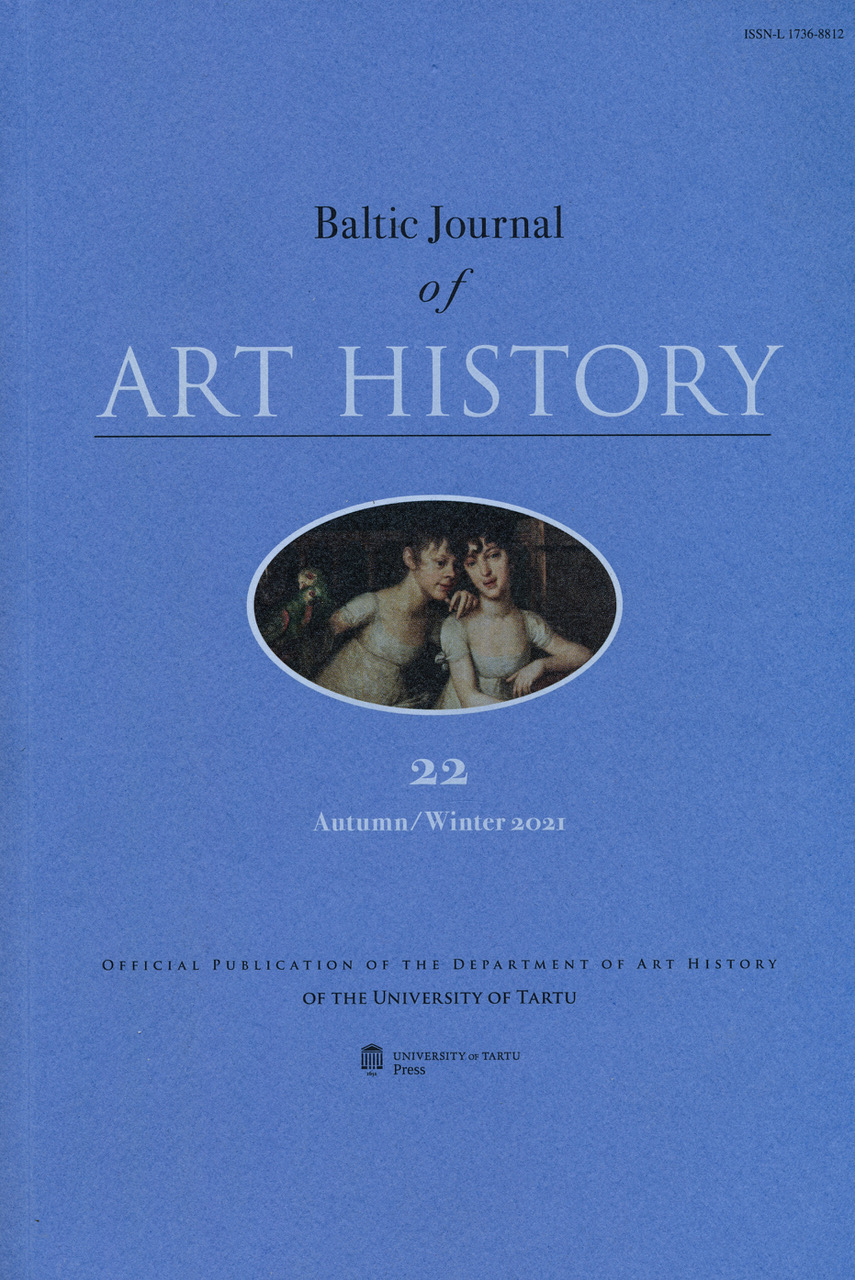THE KOLGA MANOR ‘CHAPEL’ THAT ISN’T A CHAPEL
DOI:
https://doi.org/10.12697/BJAH.2021.22.04Keywords:
Kolga Manor, interior finishing, illusionistic décor, conservation of wall paintings and stuccoAbstract
In the Estonian context, Kolga is a truly a gigantic manor, which was
owned by the powerful noble families of De la Gardie and Stenbock.
The focus of this article is the interior of the two-storey-high space
in the northern avant-corps of the Kolga manor house, called the
‘chapel’, which has survived almost untouched. A brief survey is
also provided of the fragments of the finishing details that have
been preserved in the other rooms of the manor house. The article
is based on research dealing with the building’s interior finishing
(in 2014) and archaeology (in 2021), which has been conducted by
the Estonian Academy of Art, and on information obtained in the
course of the on-going conservation.
What has the recent research and ongoing conservation work added
to the interpretation of the interior in Kolga Manor’s northern avantcorps?
As is known from previous studies, the northern avant-corps
room’s décor probably dates back to the period of a Neoclassical
reconstruction in the early 19th century. Only the building section
itself dates back to the earlier Baroque period, which also explains
the existence of previous finishing layers under the current one. The
Neoclassical approach transformed it into a two-storey space and
masterfully added an illusory design. However, the room, which for
a long time has been called the ‘(home) church’ or ‘chapel’, probably
had a secular function and was used as a ballroom or music hall.

